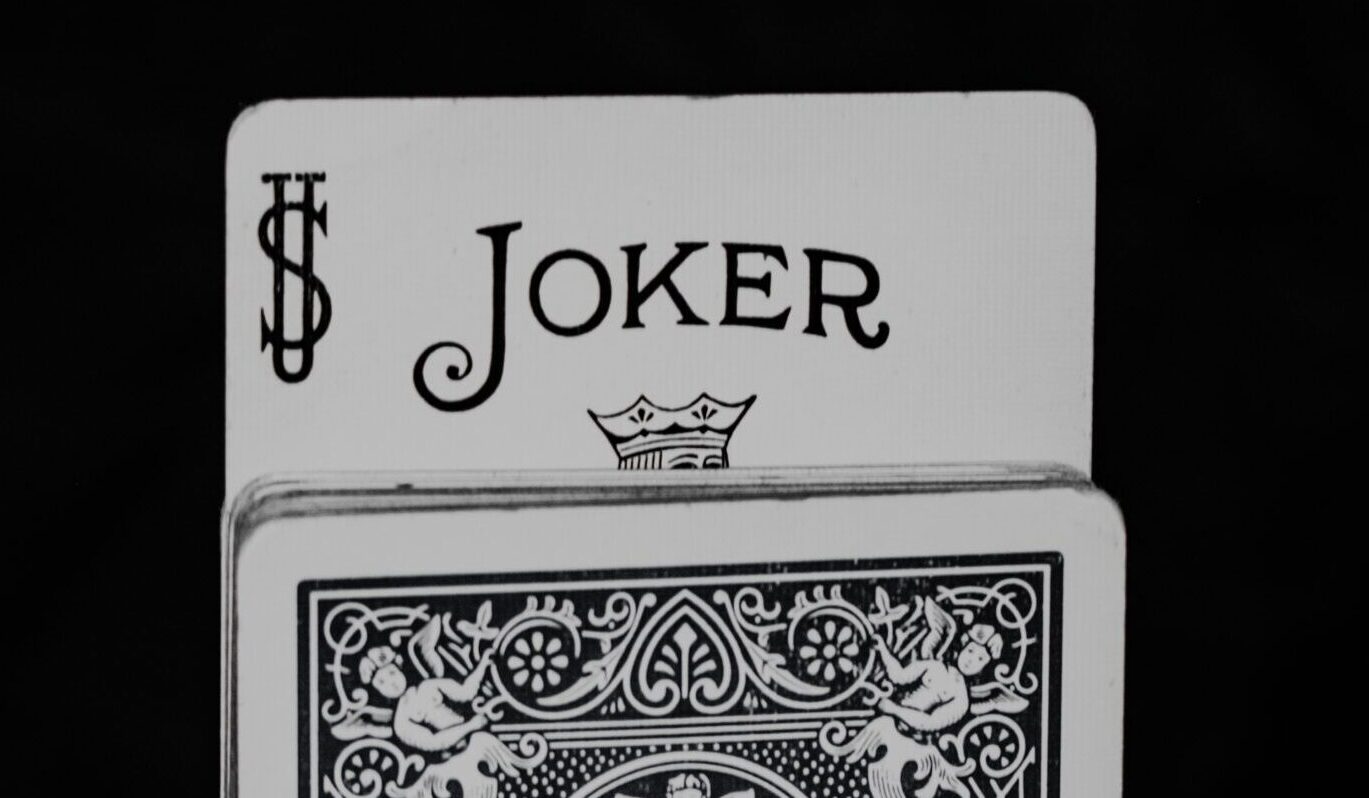As the saying goes, laughter is the best medicine. And what better way to inject some humour into your brand than with an April Fool’s Day prank?
With increased social presence, brands can showcase their playful side and create memorable moments that engage with their audience.
But what makes a great April Fool’s joke have impact on social media and secure news interest? And how can we learn from the winners and losers of this year?
One of the most engaging April Fool’s stunts this year was McDonald’s “launch” of a boot made from nuggets – liked over 12,000 times on Instagram. Other Quick Service Retail brands, including Domino’s, also got in on the action with their prank of teasing an app-exclusive product, Just Crusts – because let’s face it, the crust is often the least popular part of a pizza.
Innocent made its joke very on-brand with an eco-friendly launch of a truly zero waste product: The peel, pips and cores smoothie – spurring a lot of engagement on Twitter. While Cadbury teamed up with Dairylea to launch a ‘dunky’ crème egg. Its simple TikTok received over 2m views, showing a prank doesn’t need to be elaborate to go viral.
But not all brands were able to execute a totally successful joke. Specsavers attempted to keep up its usual, cheeky tone on Twitter by claiming that it couldn’t do April Fools’ because its Photoshop license expired. The joke fell a little flat as there was no actual prank or punchline – proving that you need to have a clear message to land the gag.
The ultimate goal of any campaign is to not only engage with your target audience but also generate the ‘right’ kind of media attention. Waitrose achieved this feat with its April Fool’s punt. Its “mix your own Merlonay” wine claimed a spot in Metro’s April Fool’s roundup.
Pizza Express’s Pizza Egg stunt ranked in the Mirror’s round up of the best jokes by brands, celebs and other newspapers. These examples illustrate how a well-executed April Fool’s can help your brand make headlines and generate buzz in valuable earned media.
Some other noteworthy pranks included the NHS Give Blood’s announcement that it would swap the usual biscuits given to donors for yeast spread on toast and baby Brussels sprouts (which must have gone through quite an approval process!).
And Duolingo’s launch of a new reality TV dating show where contestants don’t speak the same language was a high budget prank featuring recognisable reality TV stars. Landing 20m+ views across social, you might say it was worth the investment.
Even traditionally risk-averse brands got in on the fun this year, with the National Trust posting a “blossom dance” to help bumblebees near you. The University of Gloucestershire announced a Cheese Rolling and Exercise Sciences Degree. While these stunts didn’t receive media pick-up, they still hold their own and shows a trend of brands humanising their presence.
Viral success on social media can mean a brand’s prank may rapidly reach millions of people, but it may not have the credibility of a joke that is covered by major news titles. An April Fool’s stunt that receives coverage across the media can build brand reputation and have a more diverse reach, but it will ultimately require more time, resources and risk-taking to pull it off successfully. It’s a competitive space against the biggest businesses globally… Be ready to compete.
Overall, April Fool’s Day is an opportunity for brands to dive in on a big cultural moment, join a conversation and showcase their playful side. But to get that all important, positive buzz, remember the big three rules: Creativity, relevancy, and simplicity.
